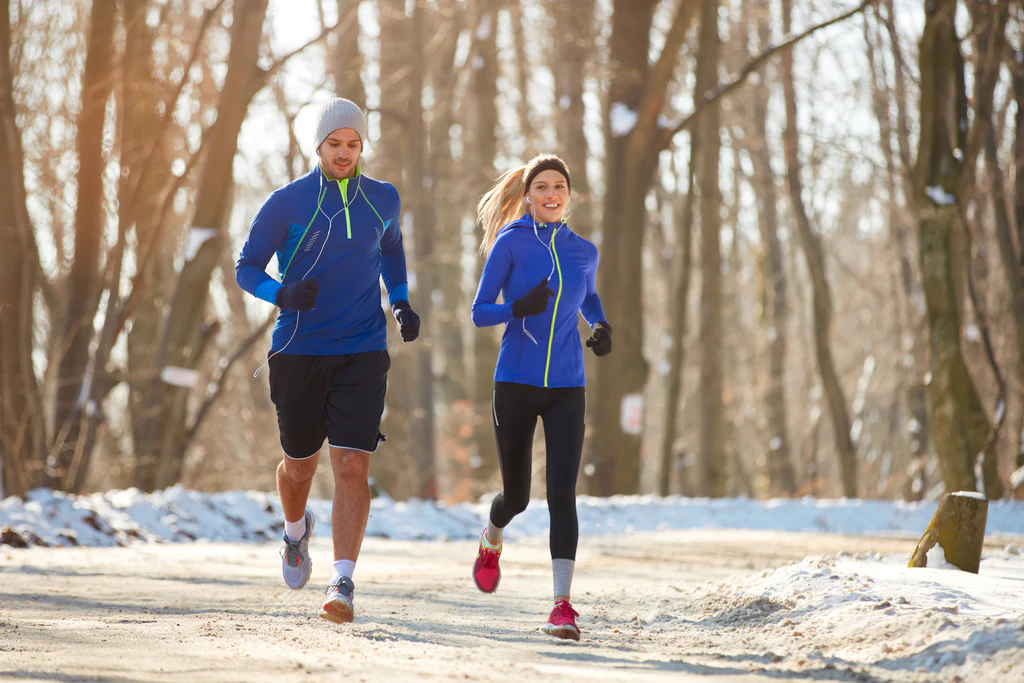Cold weather doesn’t have to mean the end of your fitness routine. In fact, staying active during winter can yield significant health benefits if done safely. Dr. Leana Wen, shared tips on how to keep moving during chilly months while protecting yourself from the risks of cold-weather exercise.
How Much Exercise Do You Need?
Dr. Wen recommends adults aim for at least 150 minutes of moderate-intensity physical activity per week, as advised by the US Centers for Disease Control and Prevention (CDC). This includes jogging, biking, and even winter activities like skiing and snowshoeing. Vigorous household tasks, such as shoveling snow, can count too.
Research shows that people who meet these weekly exercise goals have a 31% lower risk of mortality, 27% lower risk of cardiovascular disease, and 12% lower risk of cancer compared to inactive individuals. Even achieving half this amount can significantly reduce health risks.
Indoor vs. Outdoor Exercise
The best type of exercise is the one you can do consistently. While gyms provide a controlled environment, outdoor workouts in cold weather are also beneficial if proper precautions are taken.
5 Tips for Safe Cold-Weather Exercise
- Know Yourself:
- If you’re new to cold-weather exercise, start slow and consult a doctor if you have chronic conditions or are older.
- Stay close to home or shelter and consider shorter loops to ensure you can end the workout early if needed.
- Check the Weather:
- Be aware of factors like wind chill and aim to exercise during the warmest part of the day.
- Avoid exercising in heavy rain or snow, which can increase the risk of hypothermia.
- Dress Appropriately:
- Wear layers of technical fabrics to wick away sweat and keep warm.
- Protect sensitive areas such as ears and hands with earmuffs, hats, and gloves.
- Change out of wet clothes as soon as possible to stay dry and warm.
- Hydrate:
- Cold weather can reduce thirst sensations, but hydration remains essential.
- Drink water or electrolyte solutions before, during, and after exercise, especially for workouts lasting over an hour.
- Inform Others:
- Let someone know your exercise plan and expected return time, especially on very cold days.
- Confusion is a symptom of hypothermia, so having a backup plan is crucial.
When to Stay Indoors
Certain weather conditions, such as heavy rain or snow, may make indoor exercise a safer option. Individual preferences and tolerance also play a role; for example, some may feel comfortable running at lower temperatures but avoid biking.
Dr. Wen advises staying within your comfort zone and taking extra precautions if you have chronic conditions, are on medication, or are older. Dynamic stretches, hydration, and listening to your body are key to staying safe.
By following these tips, you can maintain a consistent exercise routine through the colder months, boosting both physical and mental health.




